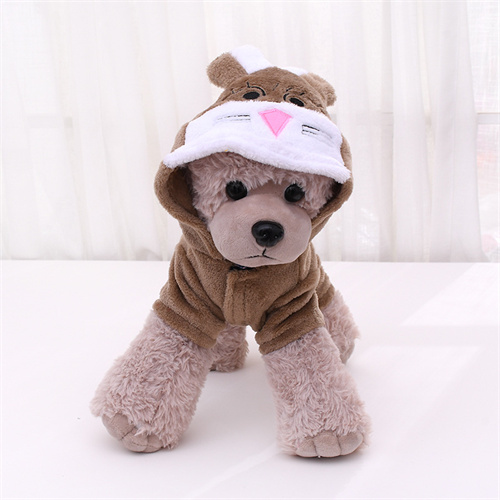First of all, before I share this article, I’m not advocating collars, because no matter how gently a parent pulls, it can cause harm to your dog. However, there are still many parents who choose the collar, mostly because the dog is very obedient at the moment of being strangled, effectively stopping the explosion, and some parents just for the good look.
So if you had to choose a collar for your dog, what would you do? It depends on your dog’s size, personality, behavior, your personal taste, your training goals and training philosophy, etc. But from a stress-free perspective, there are some types of collars that can be used, some that should be used with caution, and some that are risky and should never be used.
There have been numerous marketing attempts to make these collars more accessible to the general public, including the use of nice-looking, colorful rubber tips for ring spikes and euphemisms such as “stimulating,” “itchy,” and “electronic touch” to describe the sensation.wholesale dog collars
Shock collar sales reps are very good at convincing their customers that electrical stimulation does no harm, and old-fashioned dog trainers are equally good at convincing these customers that the use of stress, stimulus aversion, and even force is necessary to properly train a dog. Don’t be fooled. Recent research overwhelmingly supports the idea that it is impact injuries: while old-fashioned, strength-based training methods are effective, they also carry a significant risk of causing injury (inhibition chains are known to damage dogs’ windpipes) and cause behavioral problems, especially fear and aggression.wholesale dog collars
And special case collars (not for every dog)wholesale dog collars
By moving the connection from the dog’s neck to the dog’s head. This tool gives the handler greater physical control over the dog’s head, and where the head goes, the body follows. But owners who are used to pulling hard on the leash with a traditional collar may find it difficult to pull while wearing a head collar.
However, most dogs do not like to have their mouths tied unless there is a special need, such as going out to pick up food, biting people and other behaviors, but the premise is to do a good desensitization, let your dog love and adapt to wear, and does not affect his physical and mental health. Because such a tool can limit a dog’s natural behavior, it can be stressful for them psychologically.
And if used incorrectly, this tool can seriously injure a dog. The handler should never yank or pull hard on the leash while the dog is on the halter, doing so can seriously injure the dog’s neck or even paralyze it. It is crucial to teach the handler how to use this tool properly: with gentleness and a high degree of awareness. Parents do not have to try to operate, after all, the risks outweigh the benefits.
Recommended types of collars:
The flat collar is suitable for daily use, with a name and contact information engraved on it to help retrieve it in case of an accident. It may also be used for general walking and training. However, if your dog is a burst racer, it is not recommended to use it until he learns how to approach you at command. It will directly injure his trachea. Parents can put it around his neck with a rope and try to see how your neck feels when he suddenly leaps forward.
A Martingale Collar.
Also known as a “non-slip” collar, there is a loop on the outside of the collar that allows the collar to tighten slightly, but does not pinch or “fix” the dog’s behavior. The main purpose of this collar is to prevent your dog from backing out of the collar, allowing the collar to hang snugly on the dog until the dog pulls it back, and then it will be tight enough to prevent the collar from slipping over the dog’s head.
With a clasp design, the collar has a setup that opens under pressure and large tugs in case the dog gets caught in something and accidentally hangs up, or suffocates while the two dogs wrestle or play grab collar.
The downside is that if you have to grab the collar suddenly in an emergency, it will also open as a result and release from your dog’s neck. Therefore, while it may be useful, it has limited application and should not be used if you are in an open space where you may need to grab the collar to control the dog from accidentally running away.
Other special work special occasion collar use is not within the scope of this article, this article only for ordinary pet parents reference.
Pay special attention to the safety hazards of the common dog collar
Even the best collars have the potential to cause harm to your dog if not used properly.
1. Never put a collar on an unattended dog
Any collar left on an unattended dog could be attached to something to hang the dog. Some agile and barn hunting sites do not allow dogs to wear collars during runs for fear that the collar will get caught on something. The dog’s jaw can also get caught in the collar.
2. Don’t put collars on dogs that play with other dogs
Dogs that play together can get tangled up in each other’s collars, especially if they play with their mouths.
If you feel you must leave a collar for your dog when he is playing with other dogs — say, at a dog park — choose a free collar that can be opened in stressful situations.
3. Pay attention to the label on the collar
Hanging tags may hang from cages or fence hooks, or they may hang from electrical wires in the home. Xiaobian think, when at home, do not bring.
Post time: Sep-20-2022

